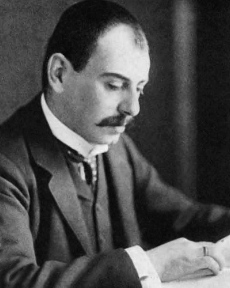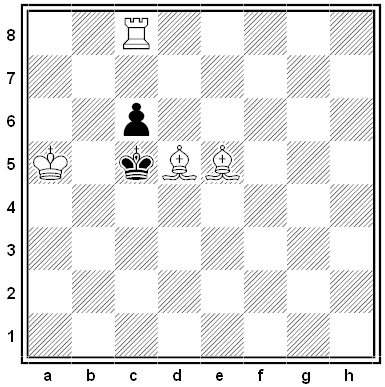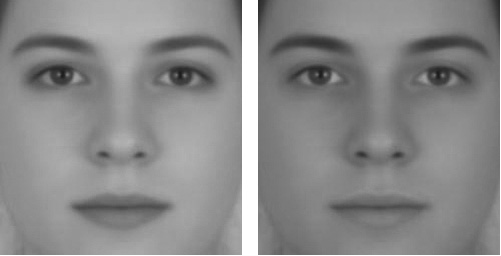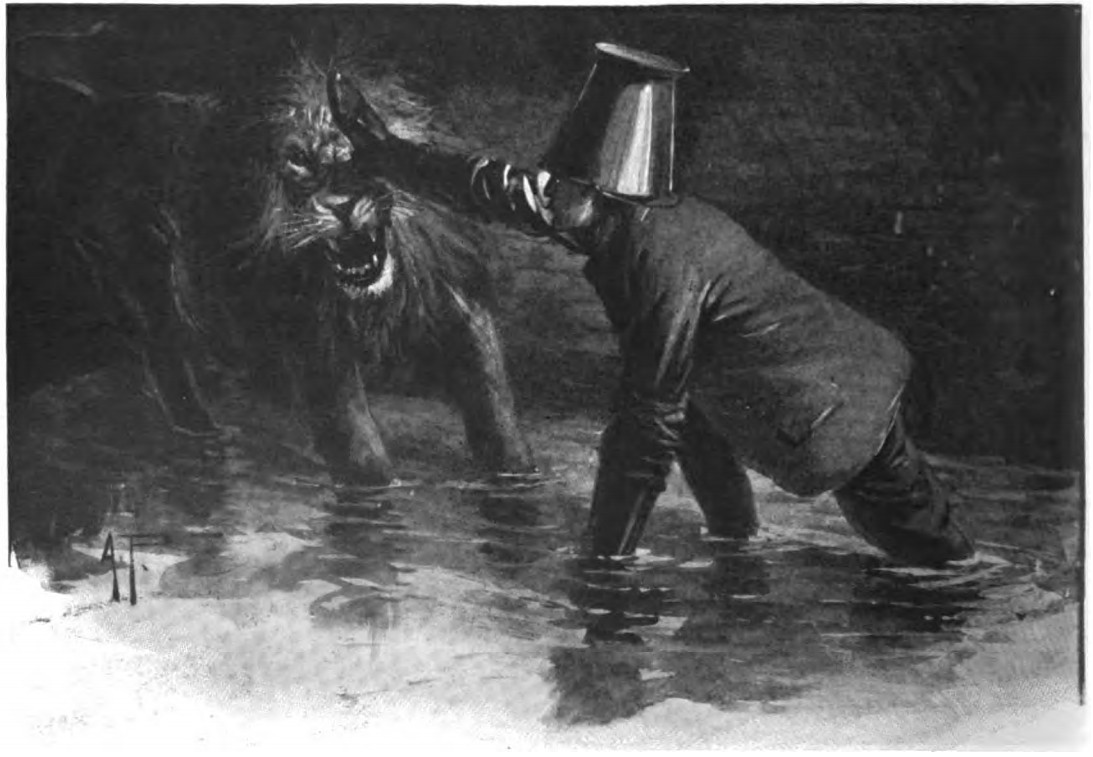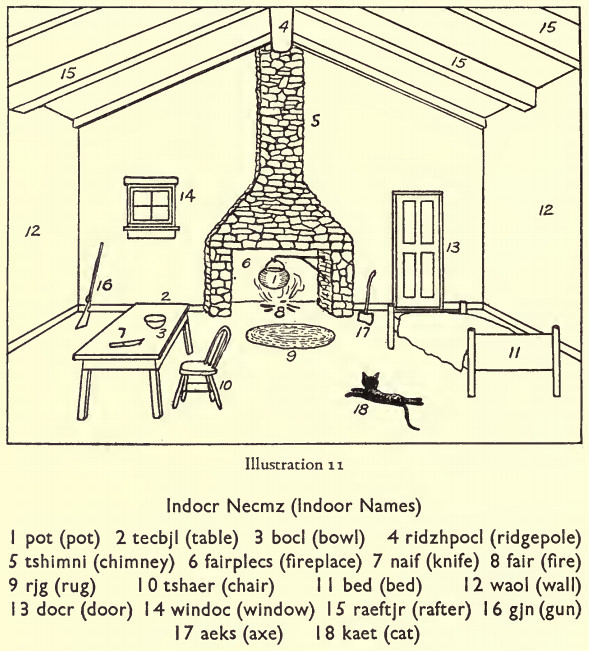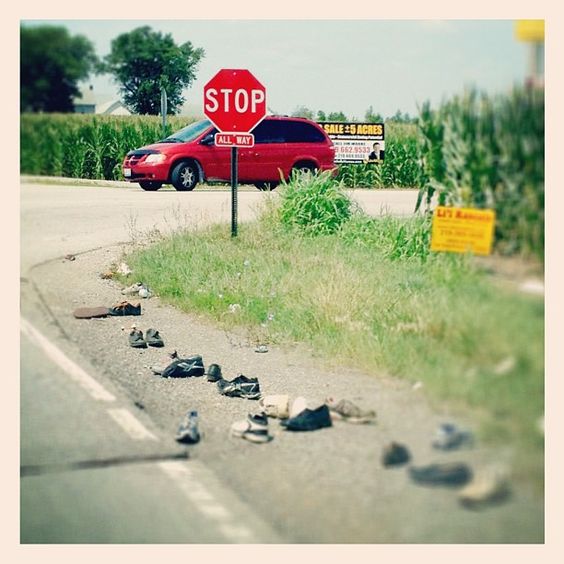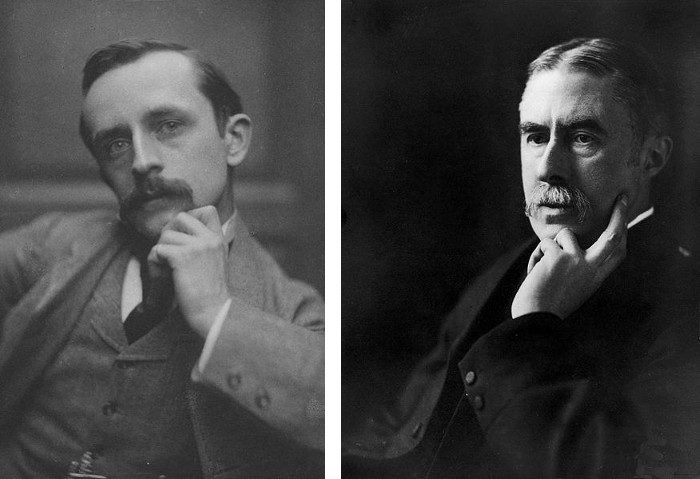
New York playwright Augustin Daly was walking home one night in 1867, ruminating about a play he had begun to write, when he stubbed his toe on a misplaced flagstone. “I was near my door,” he said, “and I rushed into the house, threw myself into a chair, grasping my injured foot with both hands, for the pain was great, and exclaiming, over and over again, ‘I’ve got it! I’ve got it! And it beats hot-irons all to pieces!’ I wasn’t even thinking of the hurt. I had the thought of having my hero tied on a railroad track and rescued by his sweetheart, just in the nick of time, before the swift passage of an express train across a dark stage.”
Here it is, the first appearance of that memorable device, from Daly’s play Under the Gaslight. Laura is locked inside a station when Byke, “a villain,” catches Snorkey, a messenger:
Snorkey: Byke, what are you going to do?
Byke: Put you to bed. (Lays him across the railroad tracks.)
Snorkey: Byke, you don’t mean to — My God, you are a villain!
Byke (fastening him to the rails): I’m going to put you to bed. You won’t toss much. In less than ten minutes you’ll be sound asleep. There, how do you like it? You’ll get down to the Branch before me, will you? You dog me and play the eavesdropper, eh! Now do it, if you can. When you hear the thunder under your head and see the lights dancing in your eyes, and feel the iron wheel a foot from your neck, remember Byke. (Exit L.)
Laura: O, Heavens! he will be murdered before my eyes! How can I aid him?
Snorkey: Who’s that?
Laura: It is I. Do you not know my voice?
Snorkey: That I do, but I almost thought I was dead and it was an angel’s. Where are you?
Laura: In the station.
Snorkey: I can’t see you, but I can hear you. Listen to me, miss, for I’ve only got a few minutes to live.
Laura (shaking door): And I cannot aid you.
Snorkey: Never mind me, miss; I might as well die now, and here, as at any other time. I’m not afraid. I’ve seen death in almost every shape, and none of them scare me; but, for the sake of those you love, I would live. Do you hear me?
Laura: Yes! Yes!
Snorkey: They are on the way to your cottage — Byke and Judas — to rob and murder.
Laura (in agony): O, I must get out! (Shakes window-bars). What shall I do?
Snorkey: Can’t you burst the door?
Laura: It is locked fast.
Snorkey: Is there nothing in there? No hammer? no crowbar?
Laura: Nothing. (Faint steam whistle heard in distance.) Oh, Heavens! The train! (Paralysed for an instant.) The axe!!
Snorkey: Cut the woodwork! Don’t mind the lock, cut round it. How my neck tingles! (A blow at door is heard.) Courage! (Another.) Courage! (The steam whistle heard again — nearer, and rumble of train on track — another blow.) That’s a true woman. Courage! (Noise of locomotive heard, with whistle. A last blow — the door swings open, mutilated, the lock hanging — and Laura appears, axe in hand.)
Snorkey: Here — quick! (She runs and unfastens him. The locomotive lights glare on scene). Victory! Saved! Hooray! (Laura leans exhausted against switch). And these are the women who ain’t to have a vote!
(As Laura takes his head from the track, the train of cars rushes past with roar and whistle from L. to R.)
(From Gordon Snell, The Book of Theatre Quotes, 1982.)


